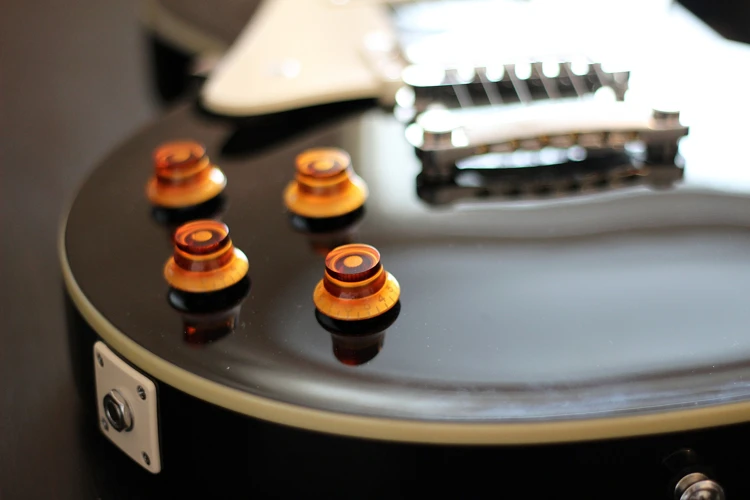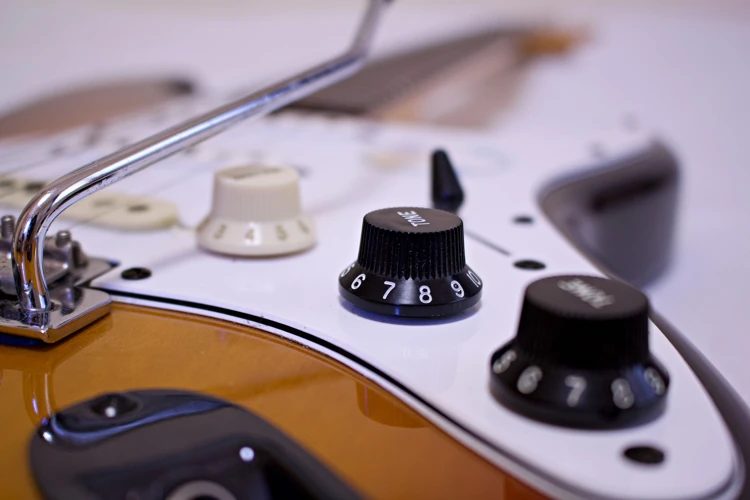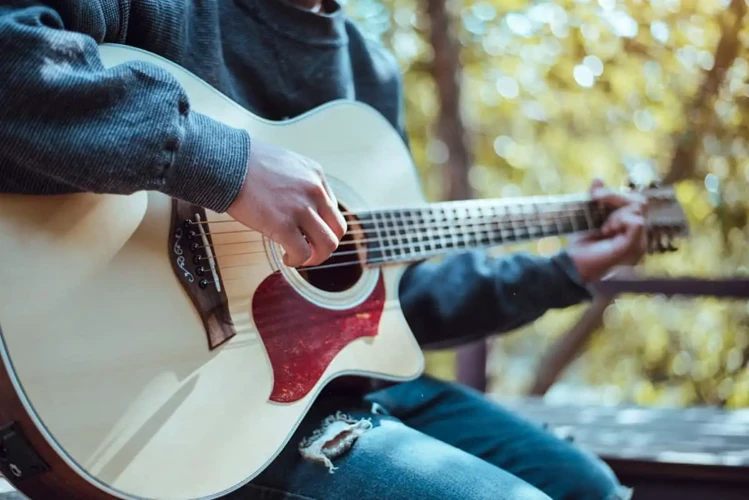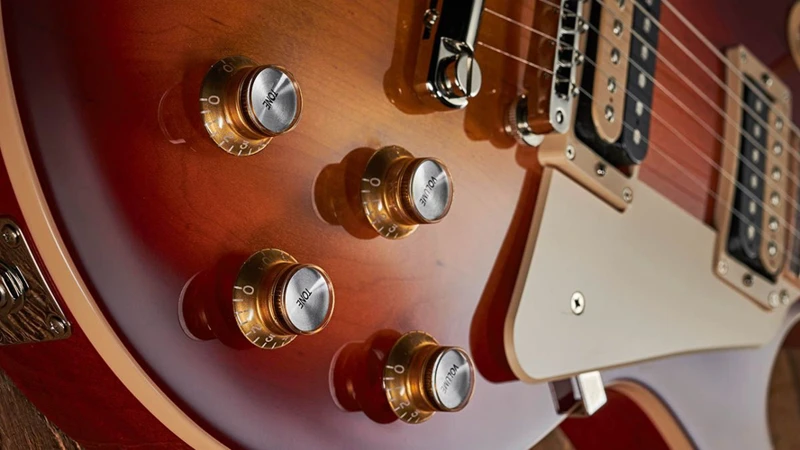Electric guitars have been an essential part of country music since the genre’s inception. The tone controls on an electric guitar can significantly impact the sound and character of the music. In this article, we will explore how electric guitar tone controls shape the country music genre.
The Basics of Electric Guitar Tone Controls
Before we dive into how tone controls affect country music, it’s essential to understand the basics of electric guitar tone controls. Tone controls are a type of electrical circuit that is used to adjust the frequency response of an electric guitar. They are typically located on the guitar’s body and consist of a potentiometer and a capacitor.
The potentiometer is a variable resistor that allows the player to adjust the amount of high frequency signal that is sent to the output. The capacitor is a component that filters out high frequencies, allowing the player to adjust the tone of the guitar.
Tone Controls in Country Music
Country music is known for its bright, twangy sound. Tone controls play a significant role in achieving this sound. By adjusting the tone controls, players can create a variety of tones that are characteristic of the country music genre.
Bright Tones
Bright tones are a staple of country music. To achieve a bright tone, players typically roll back the tone control on the guitar. This allows more high frequencies to pass through, creating a brighter, more cutting sound.
Twangy Tones
Twangy tones are another essential component of country music. To achieve a twangy tone, players typically use a combination of the bridge pickup and the tone control. By rolling back the tone control slightly, players can create a tone that is both bright and warm, with a distinctive twang.
Warm Tones
While bright and twangy tones are common in country music, warm tones also play an essential role. To achieve a warm tone, players typically use the neck pickup and roll back the tone control. This creates a full, rich sound that is perfect for ballads and slower songs.
The Importance of Tone Controls in Live Performances
In live performances, tone controls are essential for adjusting the sound of the guitar to fit the venue and the rest of the band. By adjusting the tone controls, players can create a sound that cuts through the mix and is heard clearly by the audience.
Adjusting for the Venue
Different venues require different tone settings. For example, in a small club, a bright tone may be too harsh and overwhelming. By rolling back the tone control slightly, players can create a warmer, more balanced sound that is better suited to the venue.
Adjusting for the Band
In a band setting, it’s essential to adjust the tone controls to fit the rest of the instruments. For example, if the guitar is competing with a loud drum kit, rolling back the tone control can help create a sound that cuts through the mix without overpowering the other instruments.
Experimenting with Tone Controls
Experimenting with tone controls is an essential part of finding the right sound for country music. By adjusting the tone controls, players can create a wide variety of tones that are unique to their style and sound.
Using Different Pickups
Different pickups have different tonal characteristics. By experimenting with different pickups and tone settings, players can create a sound that is uniquely their own.
Using Effects
Effects such as reverb and delay can also impact the tone of the guitar. By experimenting with different effects and tone settings, players can create a sound that is both unique and true to the country music genre.
Looking to enhance your electric guitar skills for country music? Check out our articles on sliding techniques, buying guides for electric guitars, techniques for country guitarists, guitar pedals, and electric guitar strings for valuable tips and insights on achieving that perfect country tone!
Conclusion
In conclusion, electric guitar tone controls play a significant role in shaping the sound of country music. By adjusting the tone controls, players can create a wide variety of tones that are characteristic of the genre. Whether it’s bright and twangy or warm and full, the tone controls on an electric guitar are a powerful tool for creating the perfect country music sound.
Experimentation is key to finding the right tone for country music. By trying different pickups, effects, and tone settings, players can create a sound that is uniquely their own. And in live performances, tone controls are essential for adjusting the sound of the guitar to fit the venue and the rest of the band.
So whether you’re a seasoned country music veteran or just starting out, take the time to explore the tonal possibilities of your electric guitar. With a little experimentation and practice, you can create a sound that is both true to the genre and unique to your style.





